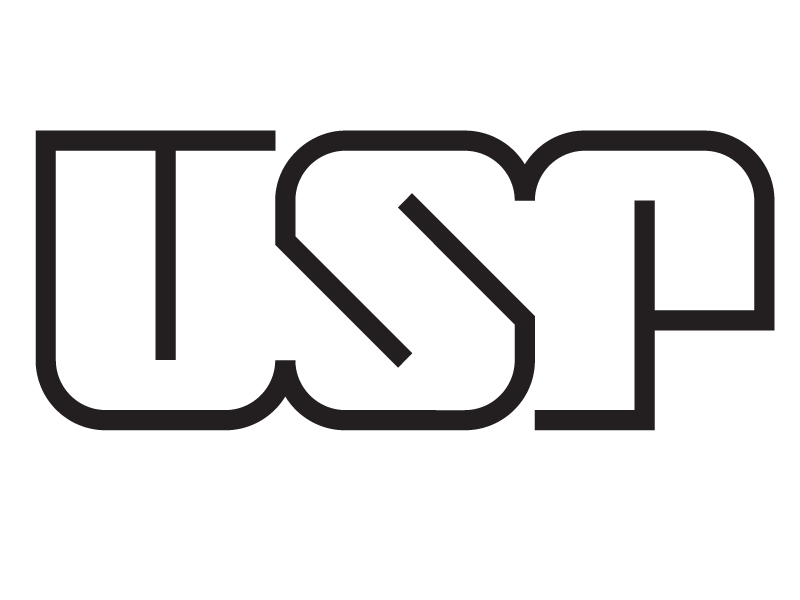Palestra – Prof. Dr. Daniel Ken Inaoka
|
Título: “Unique mitochondrial respiratory chain from Trypanosomatid as drug target.”
. Prof. Dr. Daniel Ken Inaoka Department of Biomedical Chemistry, The University of Tokyo, Tokyo, Japan Data: 20 de maio de 2013 . |
|
| Resumo da palestra:
. Classical mitochondrial respiratory chain is composed by NADH:Ubiquinone Oxido:Reductase (Complex I), Succinate:Ubiquinone Oxido:Reductase (Complex II), Quinol:Cytochrome c Reductase (Complex III), Cytochrome c Oxidase (Complex IV) and ATP Synthase (Complex V). The reducing equivalents from NADH and Succinate are firstly transferred to an electron carrier, called ubiquinone, and consecutively to cytochrome c and finally to oxygen, via Complex III and IV respectively. Concomitantly to electron flow, Complexes I, III and IV pump protons from matrix side to inter-membrane space producing a proton gradient, which is used by Complex V to synthesize ATP. This so called classical respiratory chain is known as oxygen respiration and is conserved from bacteria to higher eukaryotes living under normoxic environments. Screening of specific inhibitors using L. tarentolae Complex II resulted in the discovery of a potent inhibitor. This inhibitor had no effect over NADH and glycerol-3-phosphate-dependent respirations. Instead, it specifically inhibited succinate-dependent respiration from L. tarentolae mitochondria. The L. tarentolae Complex II inhibitor showed mixed-type inhibition versus ubiquinone with Ki of 39 nM and specificity index of 4500-fold over mammalian Complex II. The Complex IIs from T. b. brucei and T. cruzi were also sensitive to L. tarentolae Complex II inhibitor, indicating that this is the first discovered Trypanomatid Complex II specific inhibitor. This inhibitor, suppressed not only the growth of L. tarentolae promastigote form (IC50 = 4.7 microM), but also the intracellular amastigote form of T. cruzi (IC50 = 10 microM) and the BSF of T. brucei brucei (IC50 = 8.3 microM) and thus, chemically validating Complex II as drug target to combat Chagas disease, African Trypanosomiasis and Leishmaniasis.
|
Divulgação |




